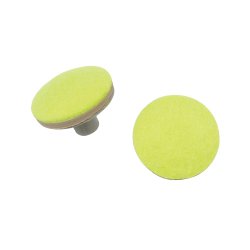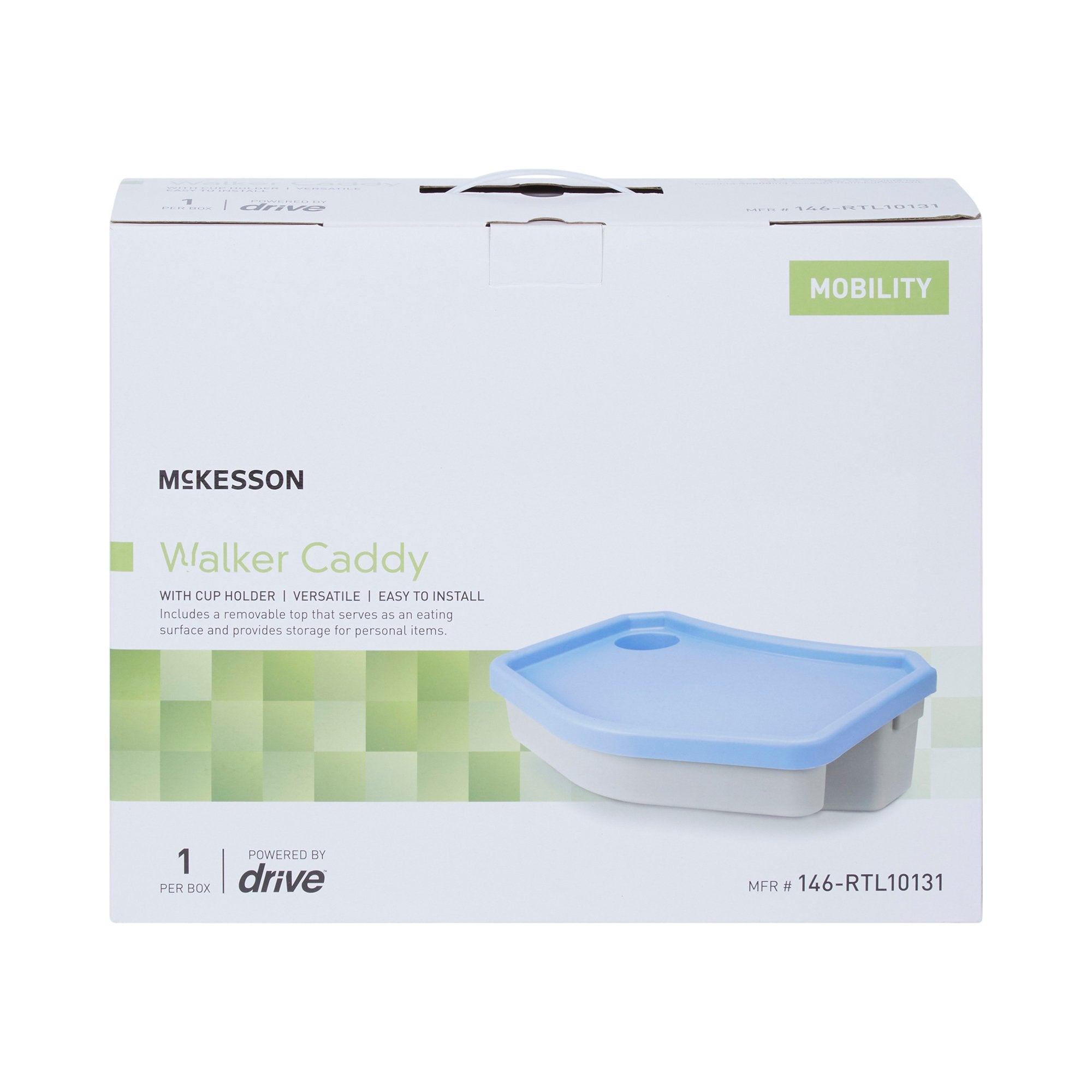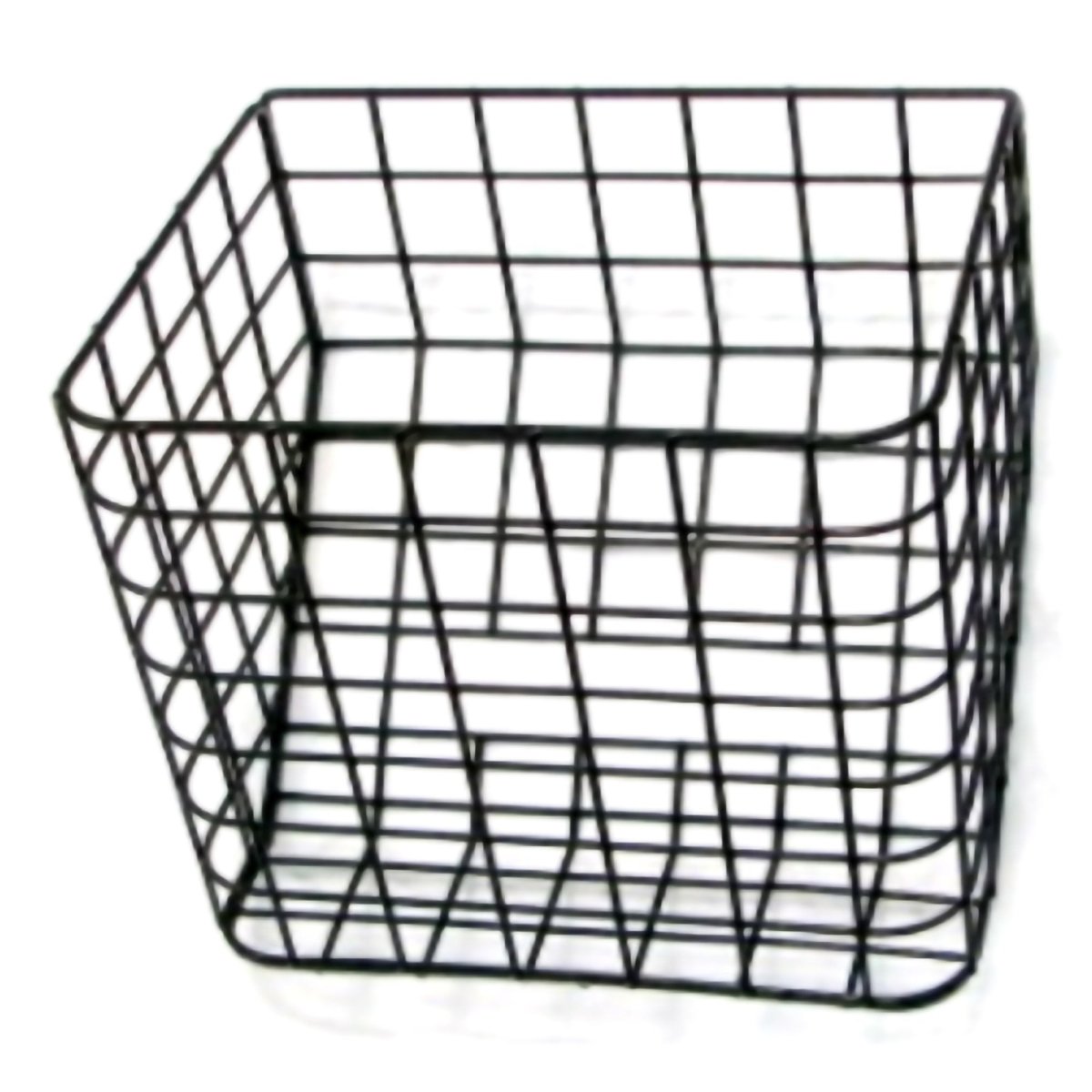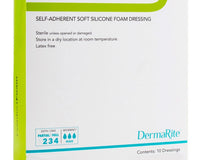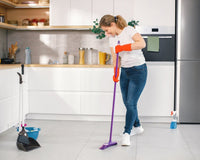Just like selecting the right pair of shoes can make all the difference in comfort and mobility, choosing the best walker for a senior loved one is crucial in promoting safety and independence.
With a wide array of options available in the market, it can be overwhelming to determine which walker will best meet the needs of your elderly family member. In this comprehensive guide, we will walk you through the key factors to consider when selecting the most suitable walker for seniors, ensuring that you make an informed decision that prioritizes both functionality and comfort.
Table of Contents
- Types of Walkers
- Factors to Consider When Choosing a Walker
- Stability and Support Needs
- Weight Capacity
- Height Adjustability
- Foldability and Storage
- Accessories and Add-ons
- Tips for Choosing the Best Walker
- Assessing Mobility and Health Condition
- Consulting with Healthcare Professionals
- Consideration for Indoor vs. Outdoor Use
- Understanding the Different Features
- Step-by-Step Guide to Selecting a Walker
- Safety and Usage
- Care and Maintenance
- Final Words
Types of Walkers
While there are various types of walkers available on the market, it's crucial to choose the one that best suits the specific needs of the senior in question. Knowing the differences between the various types of walkers can help you make an informed decision.
| Standard Walkers | Wheeled Walkers |
|---|---|
| Provide maximum stability | Easier to maneuver |
| Require more upper body strength | Have wheels for smoother movement |
| Best for indoor use | Great for outdoor use |
| Adjustable height for user comfort | Brakes for added safety |
| Simple design for easy use | Available in different wheel sizes |
Standard Walkers
Types of walkers can greatly impact the mobility and independence of seniors. Standard walkers, also known as basic walkers, are a non-wheeled option that provides maximum stability for users. They are best suited for indoor use and require more upper body strength to operate.
Standard walkers typically feature adjustable height settings to ensure optimal user comfort and have a simple design for easy maneuverability. These walkers are a popular choice for seniors who need extra support and balance while walking.
Wheeled Walkers
There's a wide range of wheeled walkers available, from models with two wheels to more advanced designs with four wheels. Wheeled walkers are easier to maneuver than standard walkers and are ideal for outdoor use, as they glide smoothly over different surfaces.
It is important to note that wheeled walkers come with brakes for added safety, allowing users to control their speed and movement. They are a popular choice for seniors who require more independence and mobility.
Rollators
Pros and cons of different types of walkers should be considered before making a decision. Rollators are a type of wheeled walker equipped with a seat and backrest, providing users with a convenient place to rest when needed. They offer excellent support and stability while walking.
With their four-wheel design, rollators are easy to maneuver and provide a smooth walking experience. Some models also come with storage baskets or trays for carrying personal items, making them a versatile choice for seniors on the go.
Knee Walkers
You may want to take your time when choosing the right walker for the senior in your life. Knee walkers, also known as knee scooters, are an excellent alternative for individuals who cannot bear weight on one leg. They allow users to rest their injured leg on a padded platform while propelling themselves forward with their good leg.
To ensure maximum comfort and stability, knee walkers often feature adjustable handlebars and knee pads. These walkers are a great option for individuals recovering from injuries or surgeries that affect the lower extremities.
Specialty Walkers
Walkers designed for a particular purpose can make a significant difference in the quality of life for seniors. Specialty walkers, such as U-step walkers for those with Parkinson's disease or hemi walkers for individuals with weakness on one side of the body, cater to specific needs and provide targeted support.
Standard walkers may not always meet the unique requirements of seniors with specific health conditions or mobility issues. Specialty walkers offer customized features and functionalities to ensure optimal comfort and assistance for users.
Factors to Consider When Choosing a Walker
Stability and Support Needs
While selecting a walker for a senior, it's crucial to assess their stability and support needs. Factors such as balance issues, strength limitations, and walking pattern should be considered when choosing the right model. Look for walkers with wider bases, sturdy frames, and comfortable hand grips to provide the necessary support and stability for the user.
This will help prevent falls and accidents, ensuring the individual can move around safely and confidently. Always prioritize safety and comfort when evaluating the stability and support needs of the senior.
Weight Capacity
The weight capacity of a walker is another critical factor to consider. Ensure that the walker can support the user's weight without compromising stability or durability. A walker with a higher weight capacity is ideal for larger individuals or those who may need to carry additional items while walking.
This will help prevent overloading the walker and reduce the risk of accidents or damage. It's important to match the walker's weight capacity with the user's weight to ensure optimal performance and safety.
Height Adjustability
Factors such as adjustable height settings are necessary when choosing a walker for a senior. The walker's handles should be positioned at a comfortable height to promote proper posture and reduce strain on the user's shoulders and back. Look for walkers with easy-to-adjust mechanisms to accommodate individuals of varying heights.
Needs such as these play a crucial role in ensuring the walker is ergonomically suitable for the user, promoting better mobility and comfort during use.
Foldability and Storage
Foldability is a key feature to consider when selecting a walker for a senior. A walker that can be easily folded and stored is convenient for travel and storage purposes. Look for models that offer simple folding mechanisms and compact designs for easy transport in vehicles or storage in tight spaces.
When dicking out a walker, consider the user's lifestyle and mobility needs to determine the appropriate level of foldability and storage convenience required.
Accessories and Add-ons
Now, consider the accessories and add-ons that can enhance the functionality of the walker. Accessories such as baskets, trays, cup holders, or wheels can provide added convenience and utility for the user. These extras can make the walker more versatile and user-friendly for everyday activities.
Supportive accessories can also help customize the walker to better suit the individual's needs and preferences, improving overall comfort and usability.
Tips for Choosing the Best Walker
To ensure that you select the most suitable walker for your needs or those of a loved one, it is crucial to consider several key factors. Understanding these aspects will guide you towards the best decision and ensure optimal support and safety.
Assessing Mobility and Health Condition
Condition: Before choosing a walker, it is crucial to evaluate the individual's mobility and health condition. Consider the level of support needed for walking, balance issues, and any specific health concerns that may affect mobility. Perceiving these factors will help in determining the type of walker that will provide the necessary assistance and stability.
Consulting with Healthcare Professionals
Healthcare: Seeking advice from healthcare professionals, such as doctors or physical therapists, can provide valuable insights into the specific requirements for a walker. They can offer recommendations based on the individual's health condition and mobility challenges. For instance, a physical therapist can assess gait patterns and recommend a walker that best suits the user's needs.
For instance, a physical therapist can assess the individual's walking pattern and recommend a walker that provides the appropriate level of support and stability. Additionally, they can suggest features like hand brakes or wheels based on the user's specific needs.
Consideration for Indoor vs. Outdoor Use
Tips: When opting for a walker, consider whether it will primarily be used indoors or outdoors. Walkers designed for indoor use are typically more compact and maneuverable, making them suitable for navigating tight spaces. On the other hand, outdoor walkers often feature larger wheels and a sturdier construction to handle uneven terrain.
This consideration is crucial as it ensures that the walker chosen meets the user's needs in their most frequented environments. It is crucial to select a walker that provides the necessary support and stability both indoors and outdoors, depending on the individual's lifestyle and habits.
Understanding the Different Features
Even with the variety of walkers available, understanding the different features can help narrow down the options to find the most suitable one. Features such as adjustable height, foldability for transport and storage, hand brakes for added safety, and various accessories like trays or baskets can enhance the usability and convenience of the walker.
A thorough understanding of the features available can guide you towards selecting a walker that not only meets the user's physical needs but also offers practical benefits for daily use. It is crucial to prioritize features that will provide the most comfort and support based on individual requirements and preferences.
Step-by-Step Guide to Selecting a Walker
Identifying the User's Requirements
| Considerations | Details |
| Physical Health | Assess the user's mobility requirements, such as stability, walking pace, and endurance. |
| Environment | Take into account where the walker will be used most frequently - indoors, outdoors, or both. |
Shortlisting Potential Options
| Factors to Consider | Explanation |
| Weight Capacity | Check if the walker can support the user's weight comfortably. |
| Adjustability | Look for walkers with adjustable height and features to suit individual needs. |
Potential walkers should meet the user's requirements and offer the necessary features for optimal comfort and safety.
Trying Out Walkers
With the shortlisted options in mind, guide the user in trying out the walkers before making a final decision. Ensure that the height, grip, and maneuverability meet their preferences and needs.
Checking for Easy Maintenance
| Aspects to Assess | Details |
| Durability | Ensure that the walker is made of sturdy materials that can withstand regular use. |
| Storage | Consider the ease of folding and storing the walker when not in use. |
Assuming the walker will need regular maintenance, checking for easy maintenance features can save time and effort in the long run.
Making the Purchase Decision
Walkers that fulfill the user's requirements, offer comfort, and are easy to maintain are ideal choices. Assess the cost, warranty, and after-sales service before making the final purchase.
Making an informed decision when selecting a walker ensures the user's safety, mobility, and overall well-being.
Safety and Usage
Instructions for Safe Use
The safety of the user should always be the top priority when utilizing a walker. Begin by adjusting the walker to the correct height to ensure proper posture and balance. When walking with a walker, always look forward and not down at your feet to prevent tripping. Additionally, make sure to use the walker on level ground and avoid uneven surfaces or areas with loose rugs that could cause a fall.
Avoiding Common Mistakes
Some common mistakes to avoid when using a walker include forgetting to lock the brakes before sitting down or standing up, which can result in the walker moving unexpectedly. Another mistake is overloading the walker with heavy items, which can cause it to tip over. It is important to always follow the weight limit recommendations provided by the manufacturer to prevent accidents.
To ensure optimal safety and efficiency when using a walker, it is crucial to attend regular check-ups with a healthcare provider. They can assess the condition of the walker and recommend any necessary adjustments or replacements based on the user's changing needs. Regular maintenance and inspection of the walker will help prevent accidents and ensure its longevity.
When to Upgrade or Replace a Walker
An important factor to consider when deciding whether to upgrade or replace a walker is the user's changing mobility and stability needs. If the user experiences decreased mobility or struggles to maneuver the walker effectively, it may be time to consider upgrading to a more advanced model with additional features for support. Likewise, if the walker shows signs of wear and tear, such as loose grips or squeaky wheels, it is advisable to replace it to prevent accidents.
Avoiding delays in upgrading or replacing a walker is crucial for the user's safety. Using an old or damaged walker can increase the risk of falls and injuries. It is recommended to consult with a healthcare provider to determine the most suitable walker for the user's current needs and ensure a smooth transition to a new device.
Care and Maintenance
Regular Cleaning
Now, one of the most important aspects of caring for a walker is regular cleaning. Seniors may use their walkers frequently, leading to a buildup of dirt, dust, and germs. To keep the walker in good condition and prevent the spread of infections, it is necessary to clean it regularly.
Clearly, you can clean the walker with a mild detergent and water. Make sure to focus on areas that come into direct contact with hands and the ground. Wipe down the frame, wheels, and handles, and allow the walker to dry completely before use.
Checking for Wear and Tear
Cleaning the walker is important, but it is equally crucial to regularly check for wear and tear. Inspect the walker for any loose screws, worn-out grips, or damaged wheels. This can help prevent accidents and ensure the walker remains safe and sturdy for everyday use.
Cleaning the walker not only keeps it looking good but also helps in maintaining its functionality. Regularly inspecting for wear and tear ensures that any issues are addressed promptly, extending the lifespan of the walker.
Cleaning: In addition to cleaning, regularly check for wear and tear on your walker. This can help prevent accidents and ensure that the walker remains safe and reliable for its user.
Replacing Parts as Needed
Tear, it's important to replace parts of the walker as needed to maintain its functionality and safety. If you notice any significant wear or damage to the wheels, grips, or any other components, it's necessary to replace them promptly. This will help prevent accidents and ensure that the walker continues to provide the necessary support and stability.
Now, by replacing parts as needed, you can significantly extend the lifespan of the walker. Plus, it ensures that the senior using the walker can continue to move around safely and comfortably.
Final Words
Conclusively, choosing the best walker for seniors is a crucial decision that can greatly impact their safety, mobility, and overall quality of life. By considering important factors such as stability, adjustability, maneuverability, comfort, and additional features, you can select a walker that is perfectly suited to meet the unique needs of the senior in your life. With the right walker, seniors can maintain their independence and continue to enjoy a safe and active lifestyle.


